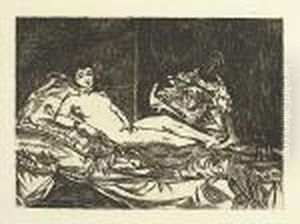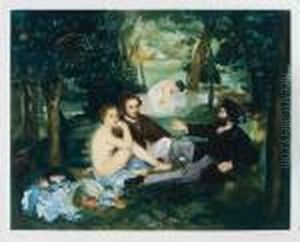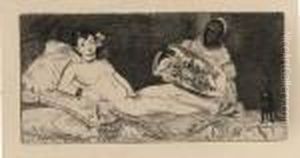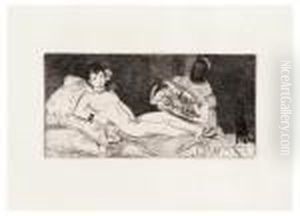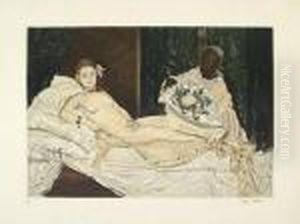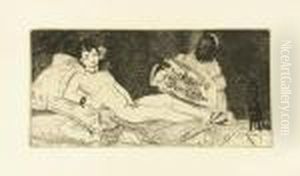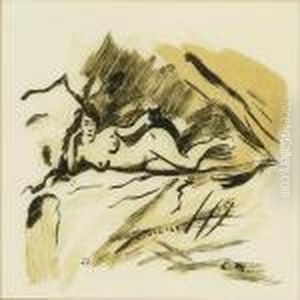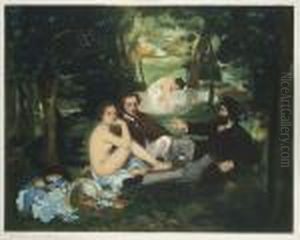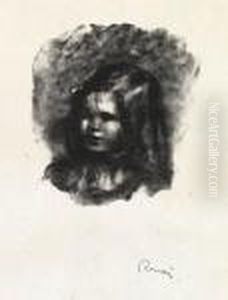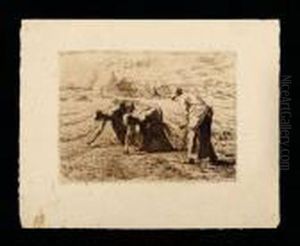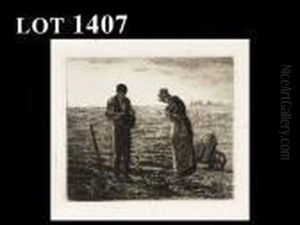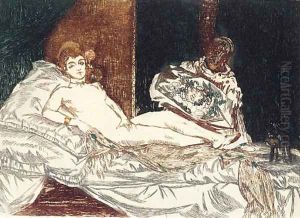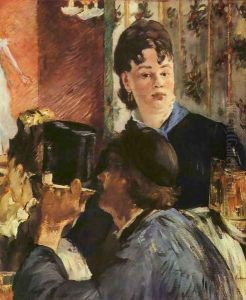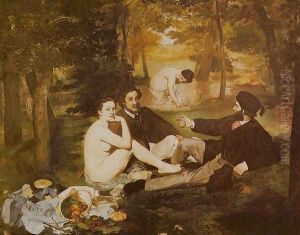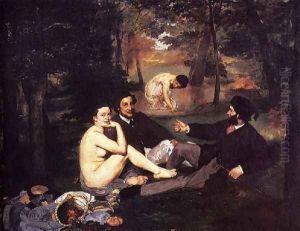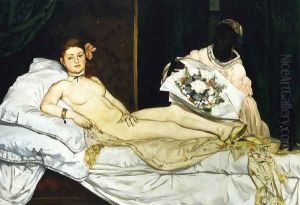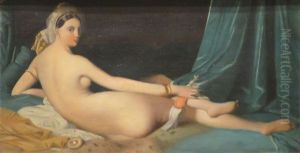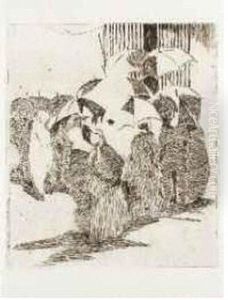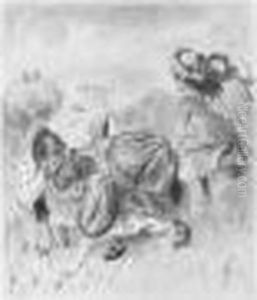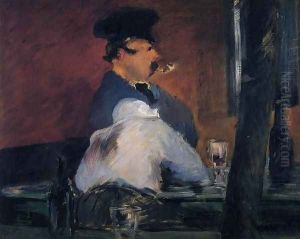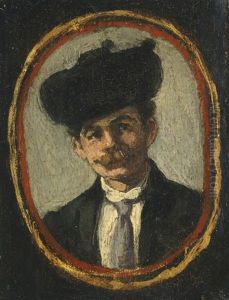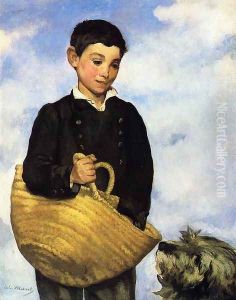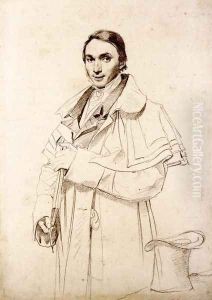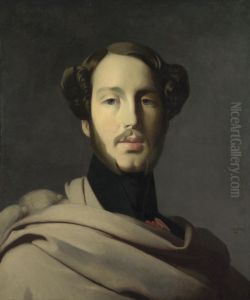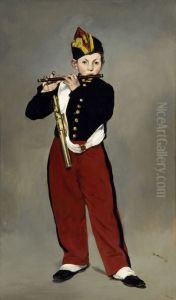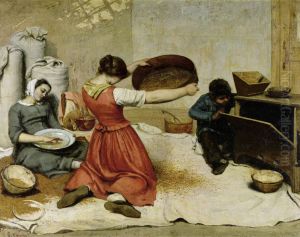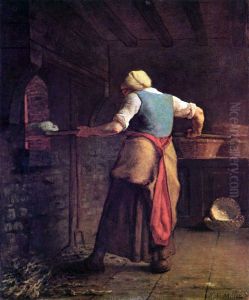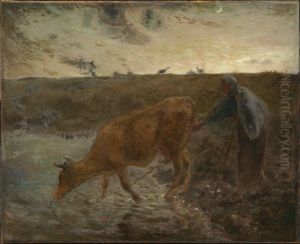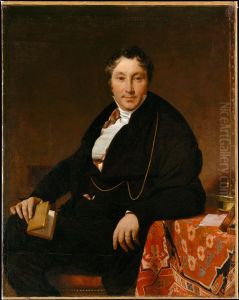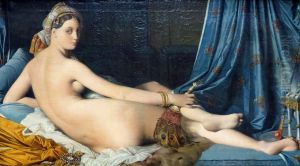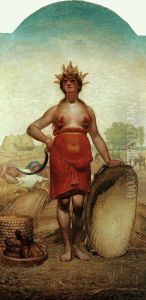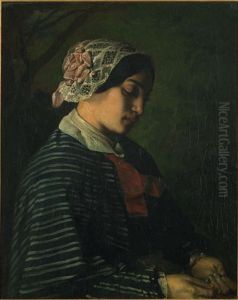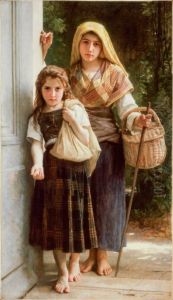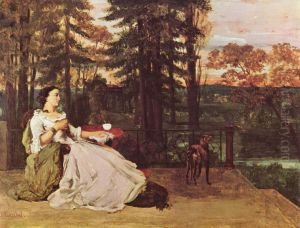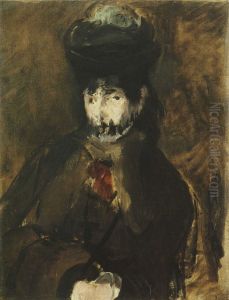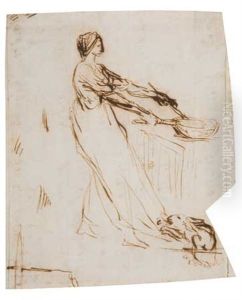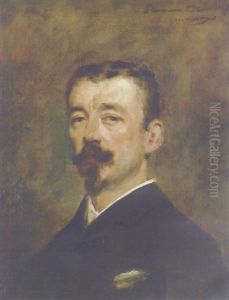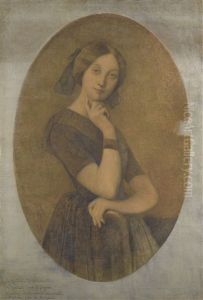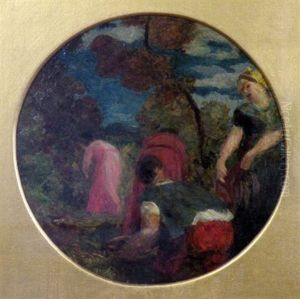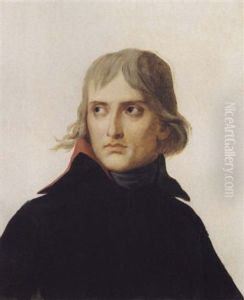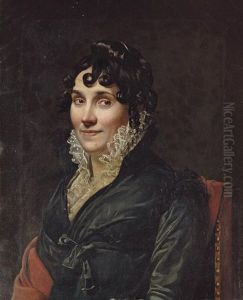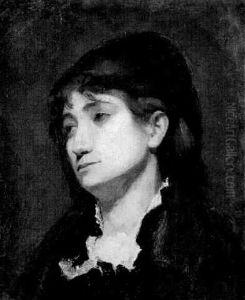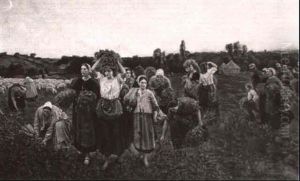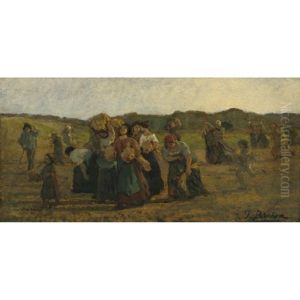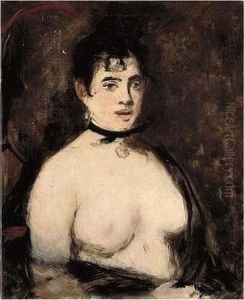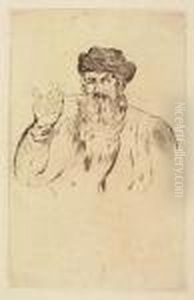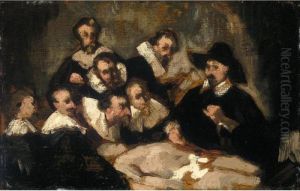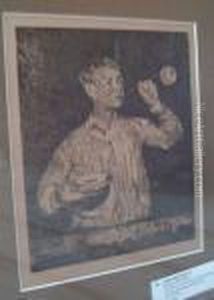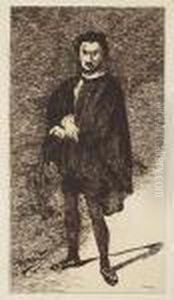Post Revolutionary France Paintings
Exploring the Art of Post Revolutionary France
The period of Post Revolutionary France marks a dramatic and transformative era in European history, profoundly shaping its artistic landscape. Following the tumultuous years of the French Revolution, the nation embarked on a new path, from the Directory and the Consulate to the rise of Napoleon Bonaparte and the establishment of the French Empire. This complex political and social evolution directly influenced the art produced, moving away from the Rococo excesses of the Ancien Régime towards styles that reflected new ideals, heroism, and imperial grandeur. Art became a powerful tool for propaganda, commemoration, and the assertion of national identity during this pivotal time.
Artistic movements like Neoclassicism, which had already gained traction before the Revolution, found new purpose in Post Revolutionary France. Its emphasis on clarity, order, and classical ideals resonated with the revolutionary spirit and later, with Napoleon's vision for a new Roman Empire. Masterpieces from this era often depict historical events, allegorical scenes, and powerful portraits of military and political figures. Alongside Neoclassicism, the seeds of Romanticism began to sprout, offering a counterpoint with its focus on emotion, individualism, and the sublime, hinting at the artistic shifts to come in the 19th century.
Key figures defined the artistic output of this period. Jacques-Louis David, the undisputed master of Neoclassicism, transitioned from revolutionary propagandist to Napoleon's official painter, producing iconic works like "The Coronation of Napoleon" and "Napoleon Crossing the Alps." Antoine-Jean Gros captured the epic scale of Napoleonic battles and the emperor's charisma in paintings such as "Napoleon on the Battlefield of Eylau." Other notable artists include Pierre-Paul Prud'hon, known for his elegant and often melancholic allegorical works and portraits, and Anne-Louis Girodet, whose art blended Neoclassical forms with a nascent Romantic sensibility. The detailed portraiture of Jean-Baptiste Isabey also provides invaluable insights into the fashion and personalities of the Directory and Empire.
Understanding the art of Post Revolutionary France offers a unique window into a society grappling with profound change, the consolidation of power, and the forging of new cultural values. The paintings from this era are not merely beautiful objects; they are historical documents, reflecting the aspirations, conflicts, and triumphs of a nation reborn. Our collection faithfully reproduces these significant works, allowing you to explore the grandeur, drama, and artistic innovation that defined the Napoleonic Era and its aftermath. Each piece invites contemplation of the historical narrative and the enduring legacy of French art during this extraordinary period.

